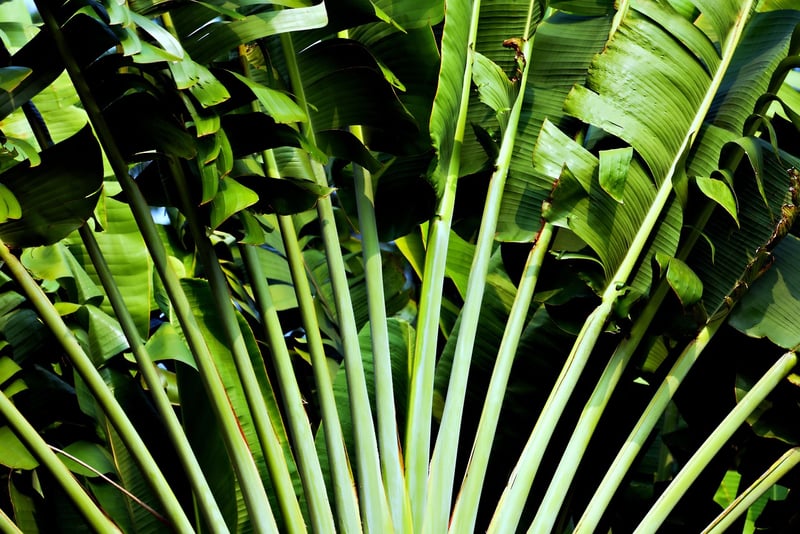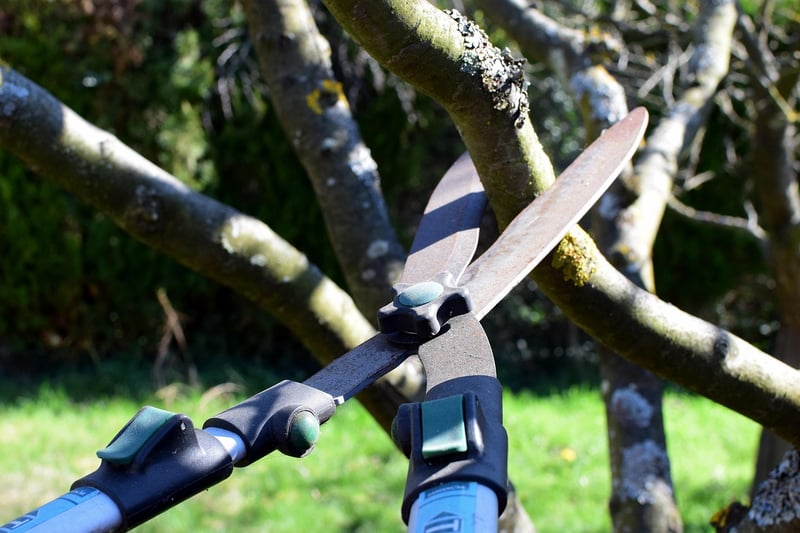Pruning Tips
Keeping Your Plants Healthy + Pruning Tips
Welcome to our guide on plant care and pruning tips! Whether you're a seasoned gardener or just starting with your indoor or outdoor plants, understanding how to keep them healthy and when to prune is essential for their well-being.
1. Choose the Right Plants
Start by selecting plants that are suitable for your environment. Consider factors such as sunlight, humidity, and temperature to ensure your plants thrive.
2. Watering
Proper watering is crucial for plant health. Be mindful not to overwater or underwater your plants. Check the soil moisture regularly and adjust your watering schedule accordingly.
3. Light and Placement
Place your plants in locations that match their sunlight requirements. Some plants need direct sunlight, while others thrive in low light conditions. Proper placement can significantly impact their growth.
4. Pruning Tips
Pruning is essential for maintaining plant health and promoting growth. Here are some tips for effective pruning:
- Use clean and sharp pruners to avoid damaging the plant.
- Remove dead or diseased branches to prevent the spread of infection.
- Prune to shape the plant and encourage new growth.
- Trim overgrown branches to improve air circulation and light exposure.
5. Timing
Knowing when to prune is key. In general, pruning during the plant's dormant season is ideal. However, some plants may require specific timing based on their flowering or growth patterns.
6. Monitor for Pests and Diseases
Regularly inspect your plants for signs of pests or diseases. Early detection can help prevent infestations and ensure your plants remain healthy.
7. Fertilizing
Provide your plants with the necessary nutrients by fertilizing them appropriately. Choose a fertilizer that matches your plant's needs and follow the recommended application guidelines.
By following these plant care and pruning tips, you can enjoy healthy and thriving plants in your home or garden. Remember, each plant may have specific care requirements, so always research individual species for tailored care instructions.

Happy gardening!
